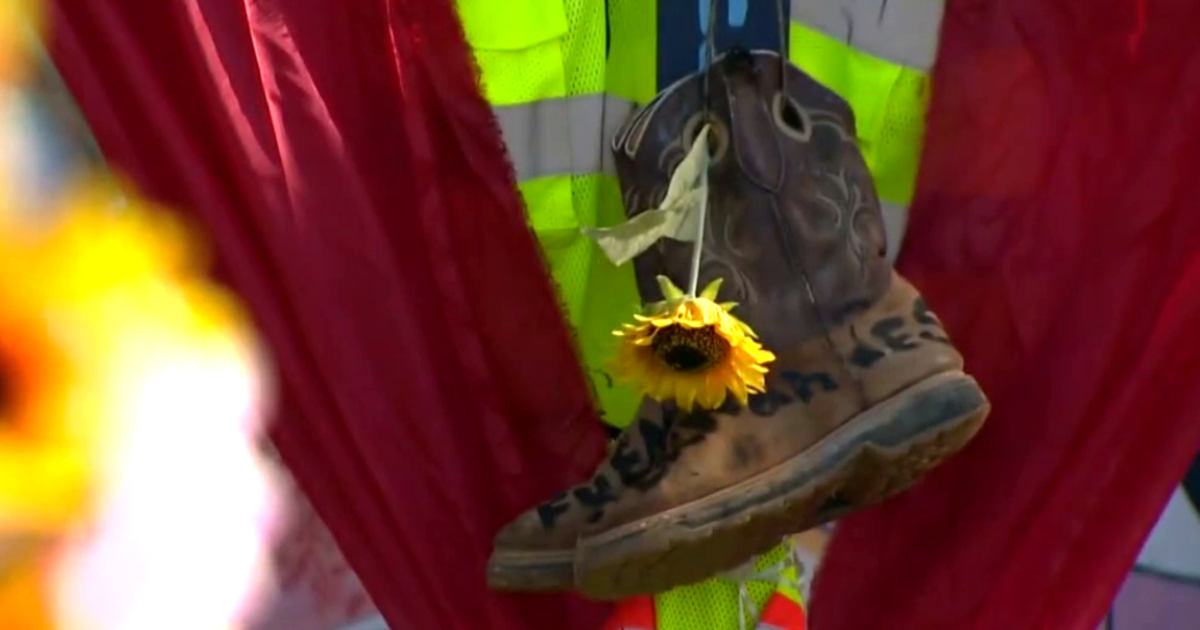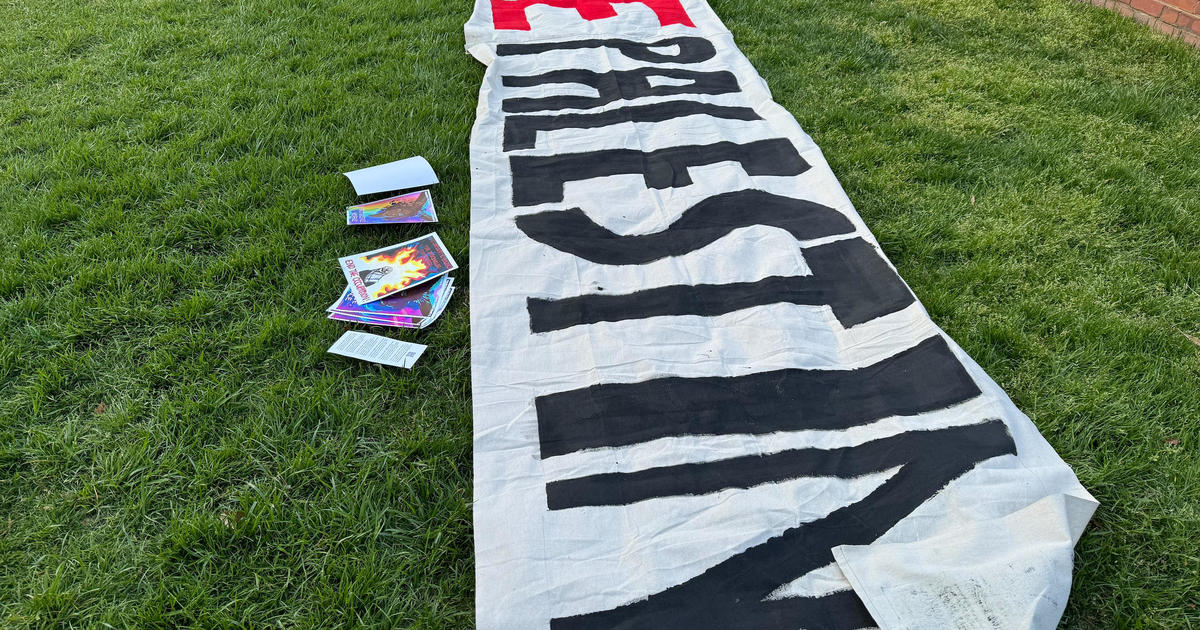Johns Hopkins Astronomer Discovers How Black Holes Work
BALTIMORE (WJZ)-- Johns Hopkins is again at the center of groundbreaking research. One of their astronomers had a simple idea, and as Mike Schuh reports, it led to a once in a lifetime discovery about black holes.
Black holes are out there sucking up stars like cosmic vacuum cleaners. But they're invisible. We've never seen them work in real time... until now. A Hopkins-led team found a star caught by a black hole's gravity.
"And when it got really close, the gravitational force of the black hole literally ripped it apart, stretched it into a thin stream," Dr. Suvi Gezari, a Hopkins astronomer, said.
Two telescopes scanned hundreds of thousands of galaxies.
"So these two telescopes are scanning the sky, waiting for something interesting to happen," Gezari said.
And it did. The light and energy that reached their instruments was created 2 billion years ago when the only living things on earth were microbes.
"These two telescopes discovered this extremely luminous flare from the center of the galaxy," Gezari explained.
They translated that data into an animation showing a star being sucked into a black hole, some of it spit out at the other end of it at 20 million miles an hour.
"For the star to be actually destroyed by the black hole, it had to get really, really close to the black hole," Gezari said. "It had to get as close as the distance between the sun and mercury. So people are always scared of black holes but in fact, unless you get really close to them, nothing bad is going to happen to you."
Sometimes in astronomy, the trick is knowing where to look. The work by this team should enable future discoveries.
This summer, Gezari will leave Hopkins to become a professor at the University of Maryland College Park.



